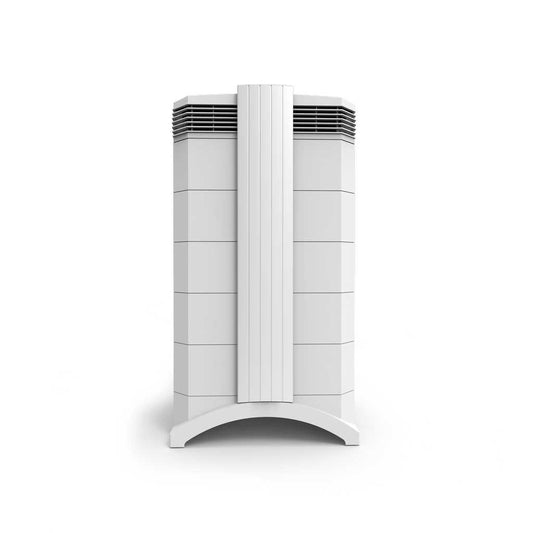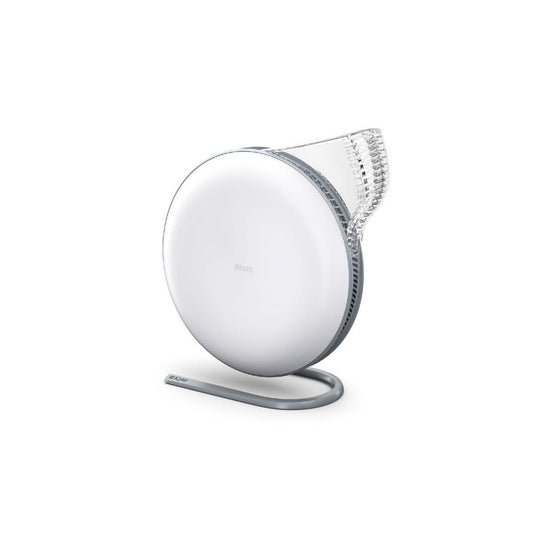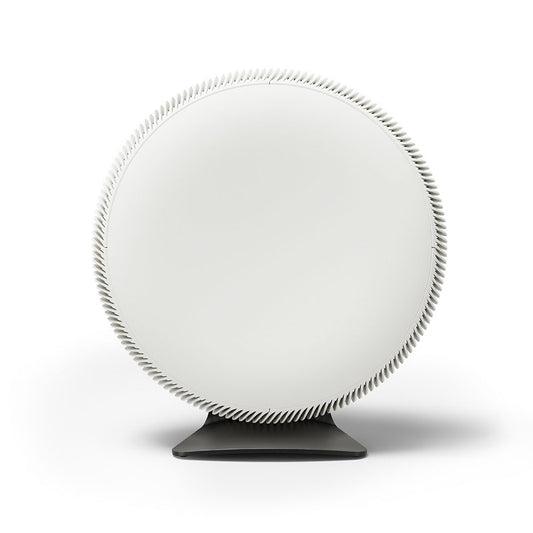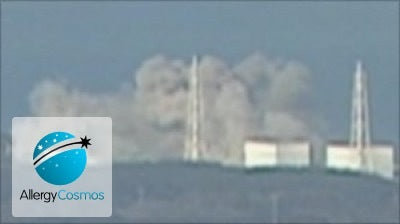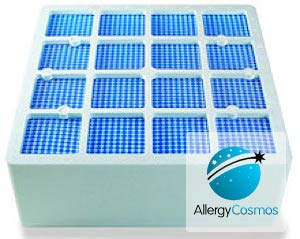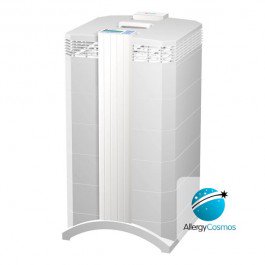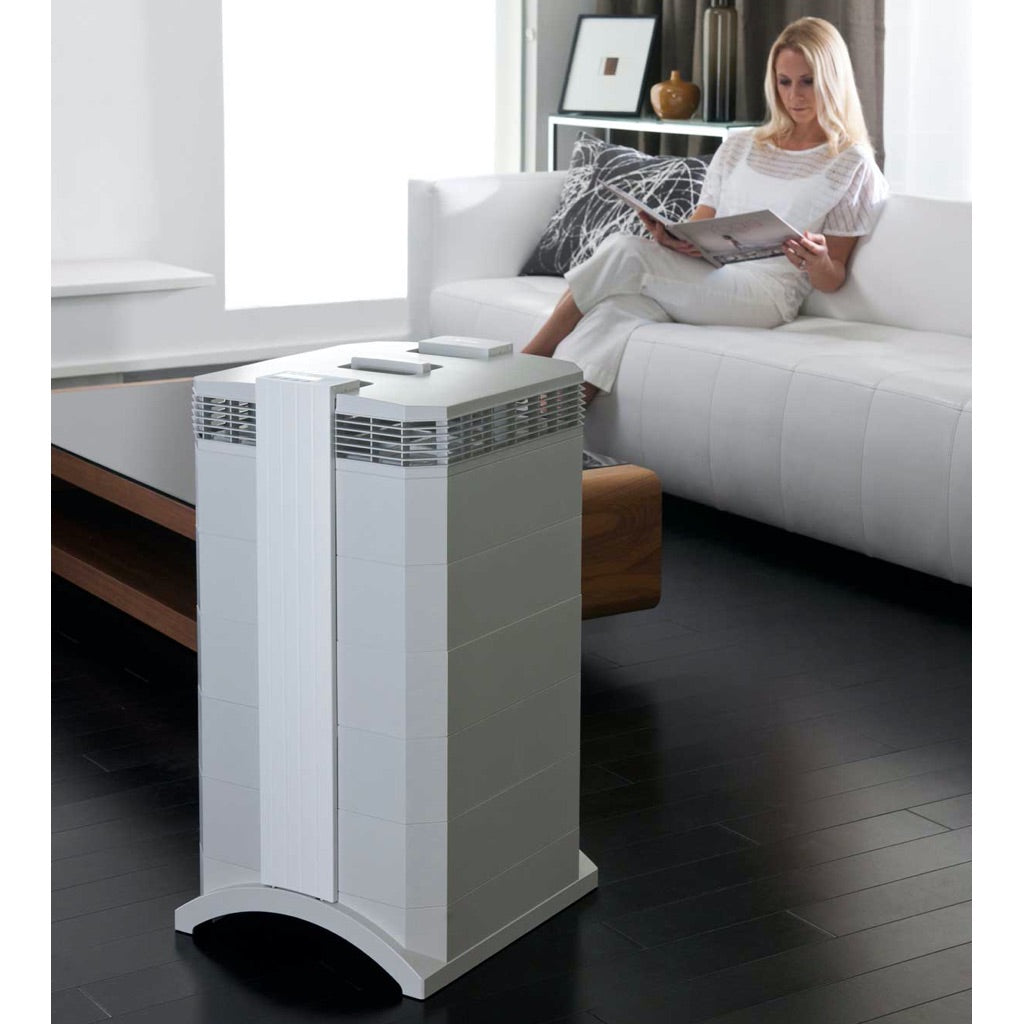
HEPA Air Purifier
HEPA filtration plays an important role in improving indoor air quality in domestic, medical and industrial settings. Leading hospitals around the world trust HEPA air purifiers for their airborne hygiene and infection control needs. The Environmental Protection Agency confirms that HEPA filtration is the most effective and reliable way of dealing with airborne particle pollution.
Frequently Asked Questions
What is a HEPA air purifier?
How long have HEPA air purifiers been around?
How does a HEPA air purifier work?
Why is HEPA filtration considered the most reliable?
Do HEPA air purifiers stop coronavirus?
Can a HEPA air purifier make you sick?
What does a HEPA air purifier take out of the air?
How is HEPA performance judged?
Is there evidence that a HEPA filter improves health?
What is the difference between a HEPA and a HyperHEPA air purifier?
Related Products
-
IQAir HealthPro 250 Air Purifier
Regular price £1,049.00Regular priceUnit price per -
IQAir Atem Desk
Regular price £399.00Regular priceUnit price per -
IQAir Atem X Air Purifier
Regular price £1,349.00Regular priceUnit price per

